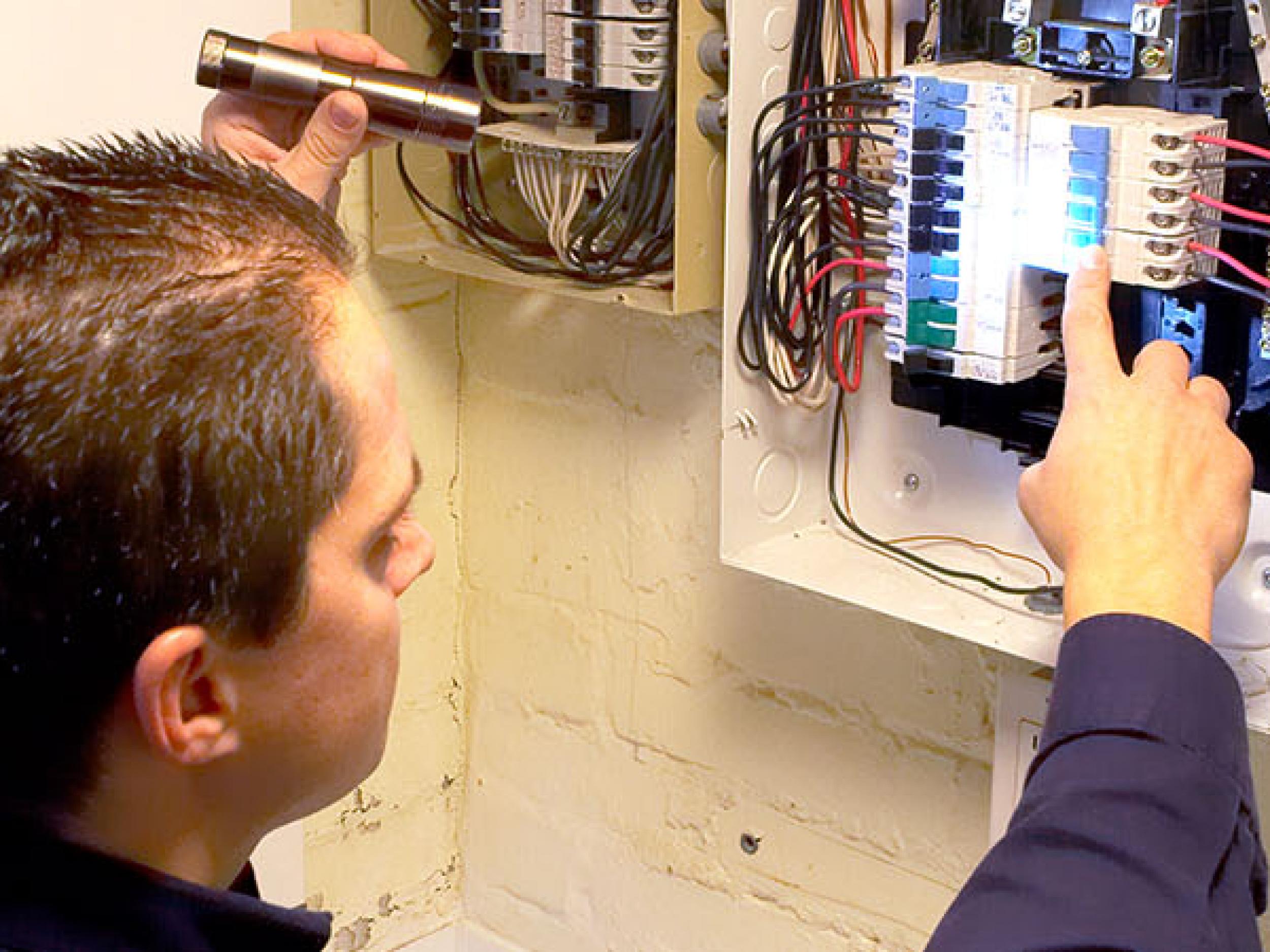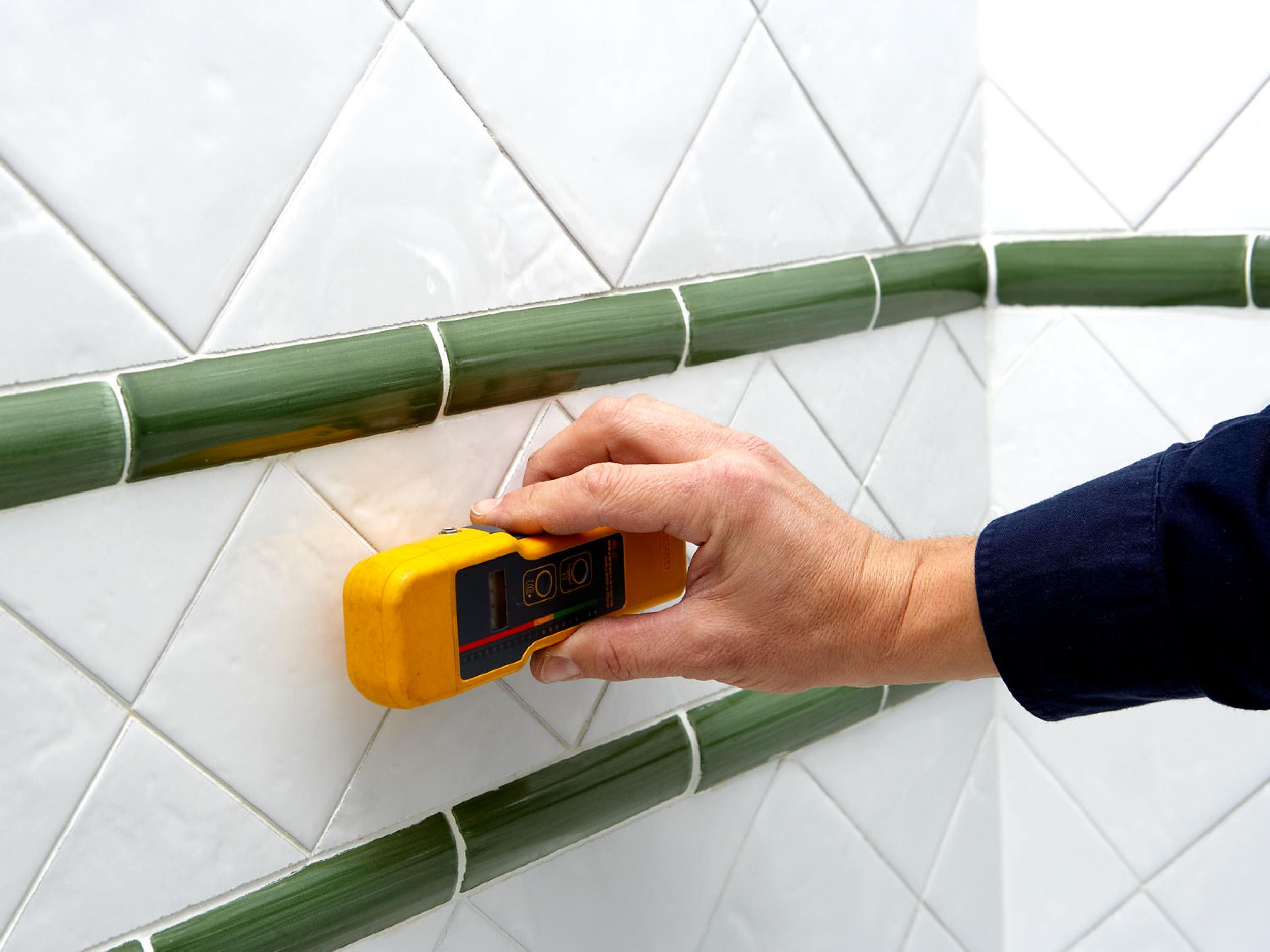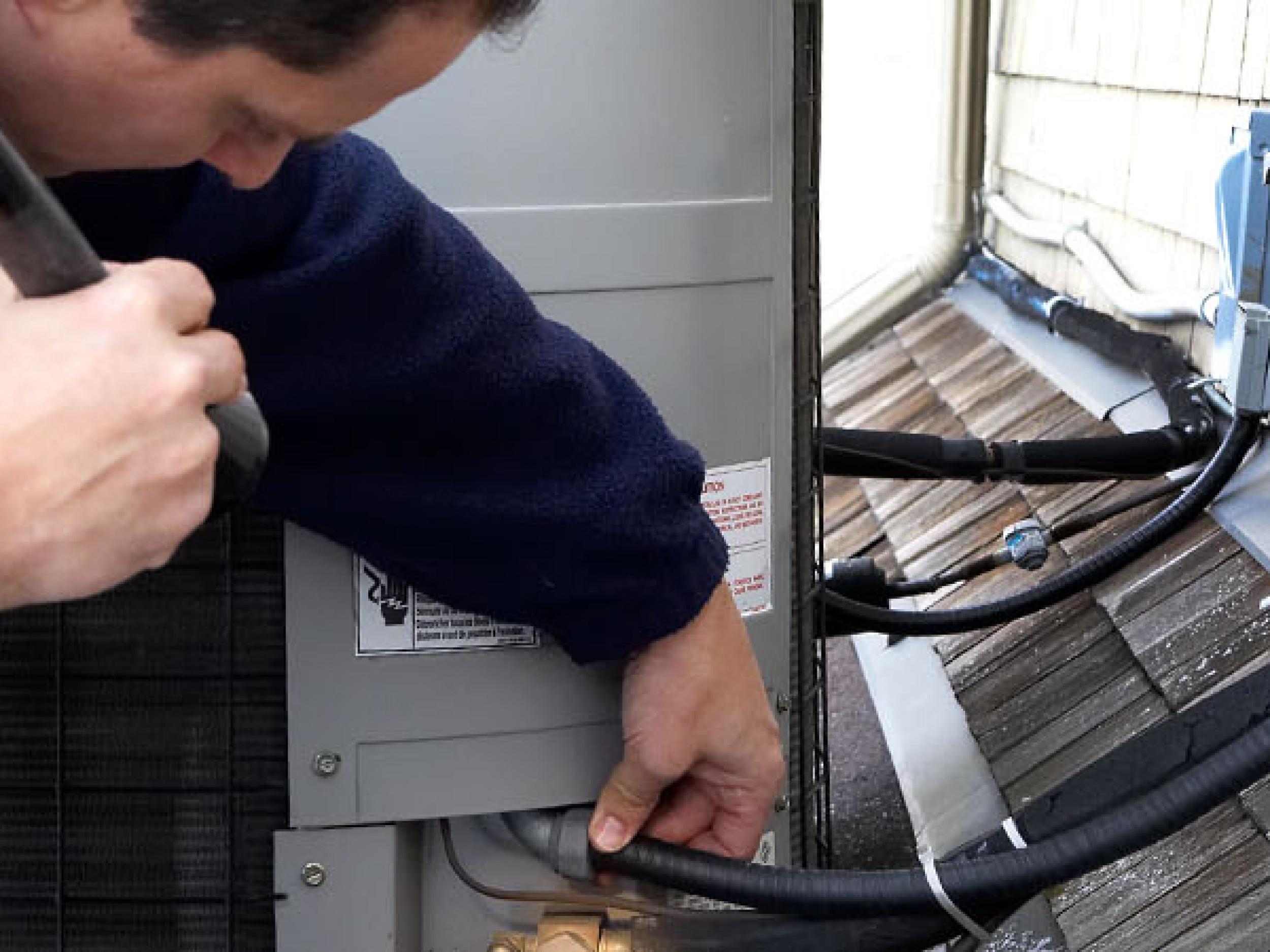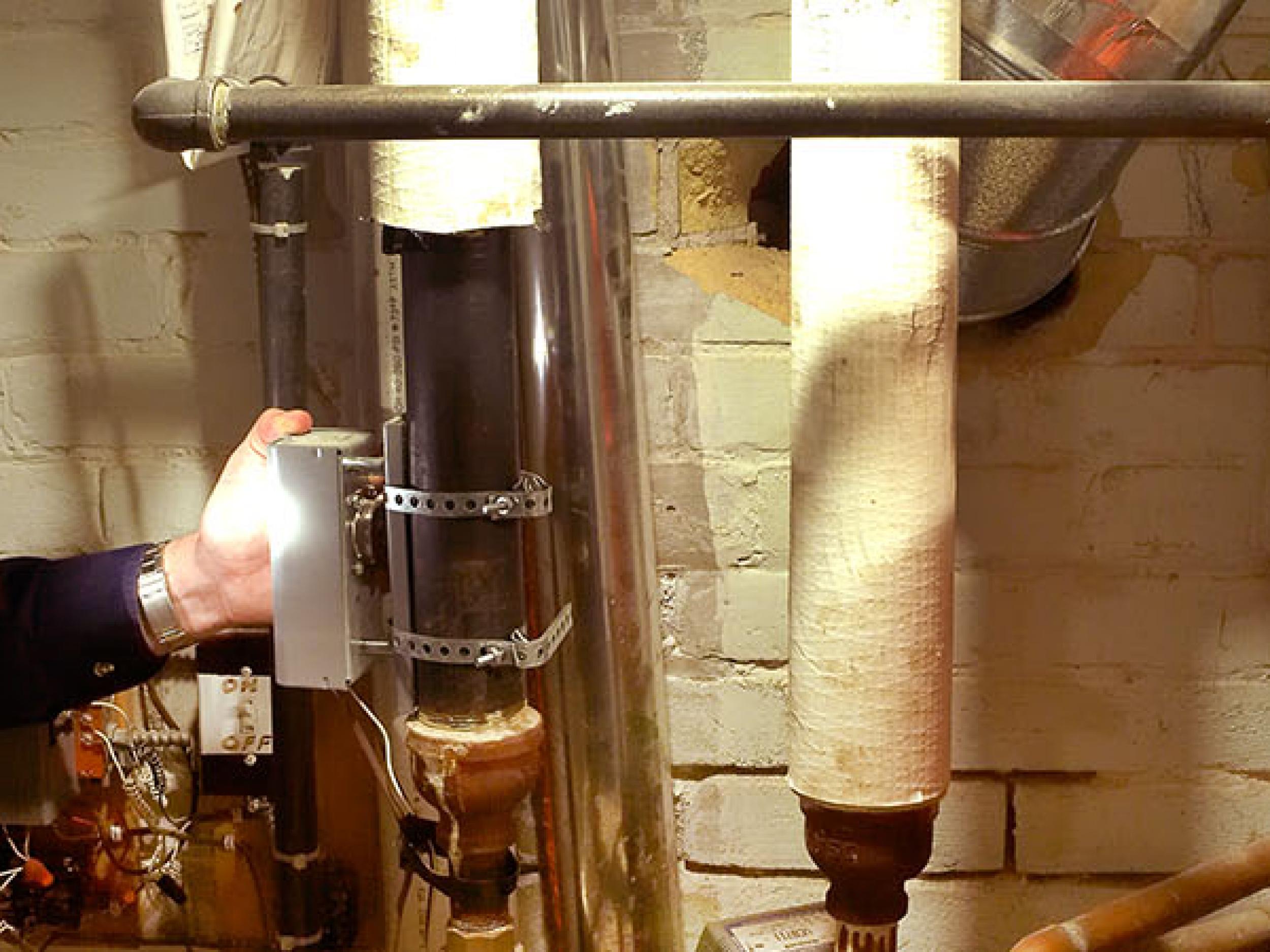-
What gets inspected during your home inspection.
Exterior: Driveways, sidewalks, front and rear porch, patio, gates, fences and walls, decks and stairs.
Structure: Exterior walls, trim, visible foundation, basement, accessible crawl space, exterior doors, exterior of chimneys and flashings.
Roof: Inspect the roof covering to determine materials used and their condition. Inspect all visible flashings and valleys. Inspect the interior of the attic to determine type of framing and materials used. Inspect mechanical systems present. Inspect ventilation. Inspect insulationand make upgarde recommendations if needed.
Electrical: Inspect service conductors. Inspect interior of main panels and sub panels to determine conductor materials and condition. Inspect branch circuit wiring for defects as visible and accessible. Determine conductor materials. This is especially important if single strand aluminum wiring is present and in use in 110 Volt circuits as it may require upgrades to eliminate fire/shorting hazards and make it safe. Determine size of service. Determine type of overcurrent protection. Test a representative number of outlets.
Plumbing: Inspect all visible water piping and determine type of materials used. Note location and operation of water main shut off. Test water flow at all faucets and drainage at all drains. Determine type and size of water heater. Test exterior hose spigots. Look for defects and leaks at all visible water piping and waste lines. Determine condition of all fixtures and tile work at showers and tubs. Check for proper ventilation in all bathrooms.
Heating/Cooling: Operate heating system and inspect all visible components of the heating system. Note type of heating system and its condition. Check venting. Check filters as needed. Run Cooling system as exterior temps allow (A/C should not be run below 65 F exterior temps) and check for proper temperature drop/differential. Inspect condenste lines and drip pans. Inspect filters as needed. Inspect air handler and distribution duct work as visible and accessible.
Interior: Walls, floors, ceilings, doors and windows.
Bathrooms: Check counters tops/cabinets. Run all faucets to check for pressure and leaks. Check drainage at tubs/showers and sinks. Check floor and wall tiles. Check for adequate water pressure. Check for proper ventilation.
Kitchen: Counter tops, cabinets, sink faucets, drainage and built in appliances stoves, wall ovens, range hoods, run garbage disposer, run dishwasher through a cycle.
The Home Inspection Report.
A free termite inspection and NPMA-33 termite report is provided with your Home Inspection. This is normaly required by lenders to obtain a mortgage. This service will be provided free of charge unlike many inspection companies who charge an additional fee for the termite inspection and report.
With your Home Inspection, you will get a detailed and comprehensive inspection report. The inspection findings are communicated through a narrative style inspection report, which includes photographs. Any defects found during the inspection will be listed in a repair summary making it easy to access and understand for the client and their real estate professionals. This will help you prioritize the repairs and improvements advised prior to close of title.
Allspec releases the home inspection report the day of the inspection to the client and their real estate professionals via email.
Best of all, our services don’t end with the inspection. For as long as you own the home, you can call with any additional questions — at no extra charge!
Serving Monmouth, Middlesex and Ocean Counties in NJ. Structural. Mechanical. Termite. Radon.





